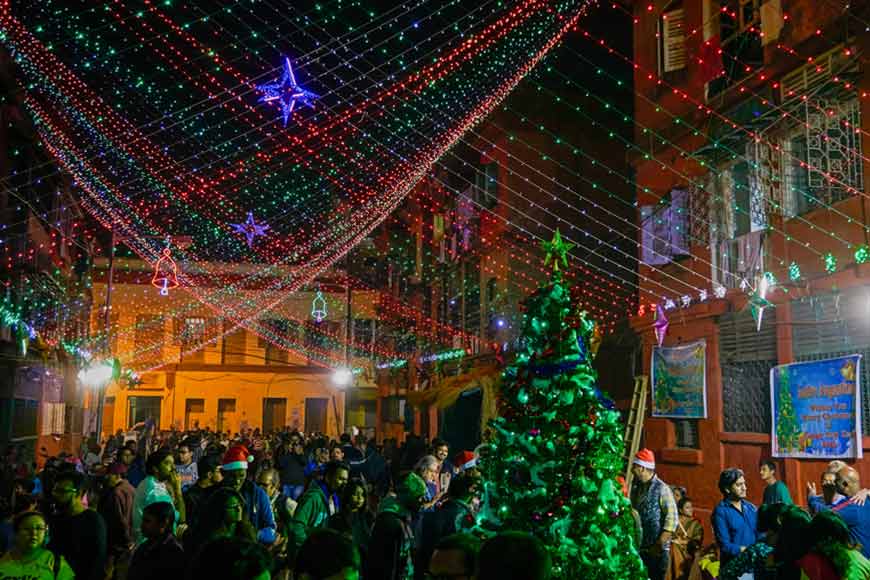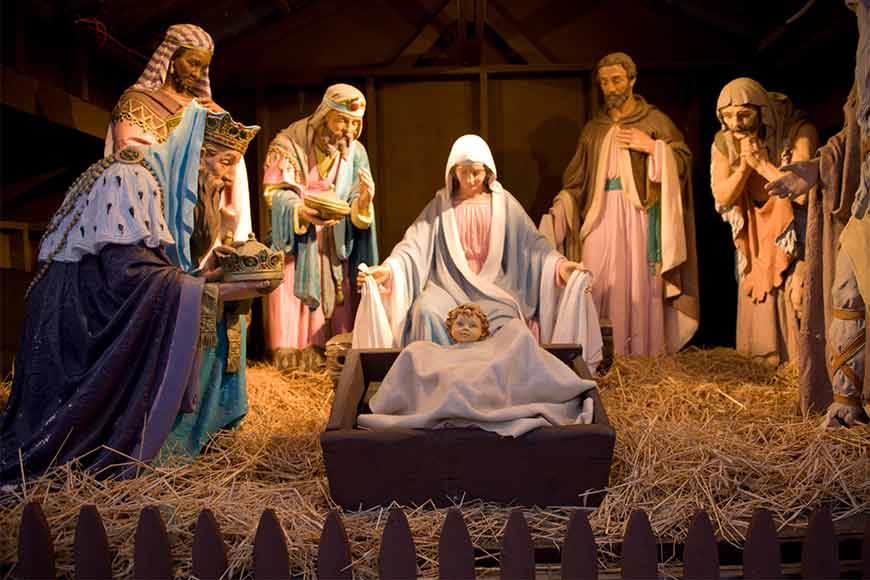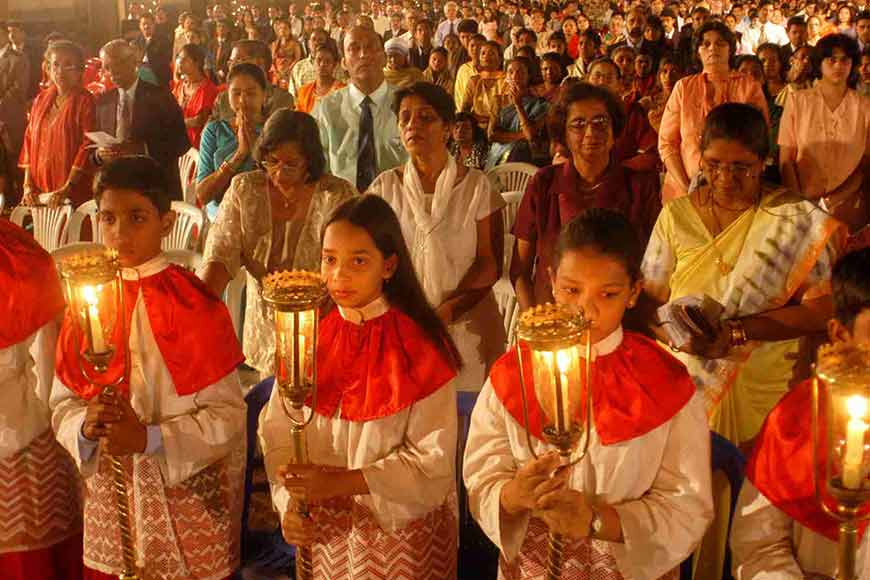The story of Christmas, myth and reality

Armenian by birth, Anthony Khatchaturian was born in Kolkata and grew up in London and Kolkata. A freelance writer, columnist, and history enthusiast, he currently lives and works in Kolkata.
As Christians across the world count down to the biggest celebration in their calendar and Kolkata itself gears up for the largest - albeit muted this year - Christmas festival in Asia, the ‘Kolkata Christmas Festival’ on Park Street, it is time to reflect on how far from reality the story of the birth of Christ has strayed.
Beginning with the basics
• His name is not ‘Jesus’. This name is the end product of the Hebrew original being pulled through Aramaic, the language that he spoke, Latin, and then finally English. Yehoshua Ben Joseph, or ‘Jesus the son of Joseph’, was his original name.
• December 25, the date recognised as the birthday of Jesus by mainstream churches, whereas the orthodox churches celebrate Christmas on January 6, are both figments of Emperor Constantine’s imagination. There is absolutely no reference in the Bible about when Jesus was born. No season mentioned, no astrology (the ‘star in the sky’ is a bit vague), nothing at all.
• The date was chosen by Constantine at the Ecumenical ‘Council of Nicea’; an assembly of all the Bishops of Christendom called by the dwindling Romans. At this meeting, various books of the Bible were thrown out, names changed, some characters glorified, and others such as Mary Magdelene run into the ground. Dates were also plucked out of thin air, December 25 was chosen as Jesus’ birthday to aid in the conversion of Pagans, who celebrated the birthday of ‘Saturnium’ on that day.

Who Jesus really was
What is not up for debate anymore is that Jesus did indeed exist. No, I am not espousing the ‘Son of God’ or any other religious angle, just the person. Numerous sources and secular academic research in the centuries following his death have agreed on three events as being factual in the narrative:
• First, Jesus’ baptism by his cousin John the Baptist (worth noting that John’s right arm, the one that baptised Jesus, is preserved as a Holy Relic right here in Bengal).
• Second, the showdown at the temple between Jesus and the moneylenders
• And finally, his sentencing to death by the Roman governor Pontius Pilate.
The Jewish historian Josephus and the Roman historian Tacitus both record various aspects of these three key events. However, while the three events above may well have happened, there were certainly no ‘Three Wise Men’ or kings, for that matter. The origin for this is Matthew, who only says “…some men…”, the rest has been left vulnerable to myth and legend.

Not one but many
Another myth is that Jesus was an only child. There are a number of references to “James, the brother of Jesus”, which is often interpreted as meaning a cousin to defend the ‘Virgin Mary’ school of theology, but that’s not what the Bible says. The gospels of Matthew and Mark refer to not only brothers but also sisters. The ‘Galatians’ book also refers to James as being “the Lord’s brother” while 1 Corinthians says Jesus’ brothers had wives.

New additions
The good news is that Santa Claus is real. Well, maybe not the cherubic, fat old man climbing down chimneys, but the character is based on St. Nicholas, the Bishop of what we know today as Demre in Turkey. Nicholas earned his status by rescuing three girls from prostitution by dropping gold coins down the chimney of their house so their father would marry them off rather than sell them. He also resurrected three young children after they had apparently been killed.
Dutch immigrants took the legend to the US, where their ‘Sinterklass’ morphed into the British ‘Father Christmas’ and gave birth to ‘Santa Claus’. Much later in 1863, cartoonist Thomas Nast illustrated the plump, red suit-wearing Santa as we know him today. This image went across the globe thanks to Coca-Cola using it as part of their festive marketing.

To tree or nor to tree
The 19th century also saw another Christmas feature make its first appearance, the ‘Christmas Tree’. Much impressed after having seen it in Europe, Prince Albert - husband of Queen Victoria - installed a decorated fir tree at Windsor Castle and the nearby barracks in 1848. The Norwegians, in an act of gratitude for the British relieving them of the Nazis during World War II, sent over the largest fir tree they could find for the British to decorate and set up in London’s Trafalgar Square after the war ended. This tradition continues today.
Christmas has always been a celebration which, along with Hindu and Muslim celebrations, brings out the very best in Kolkata. People from all walks of life and all creeds come out on to the streets to join in the festivities. In the midst of all this, our unity would have added value if we all spent some time reading and understanding the origins of each other’s festivals.









